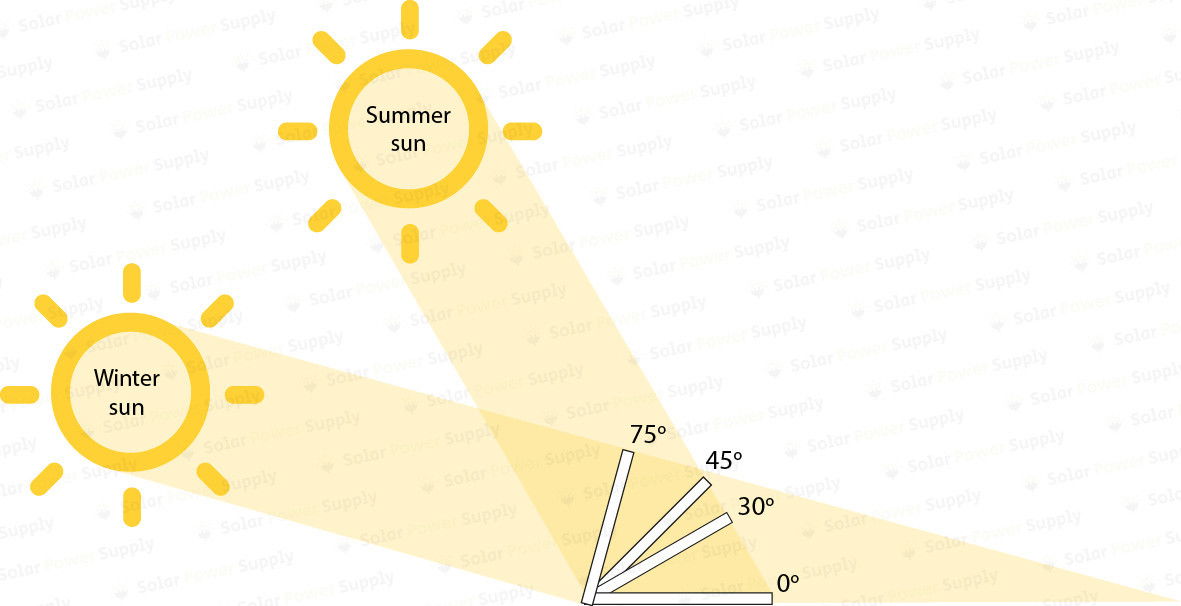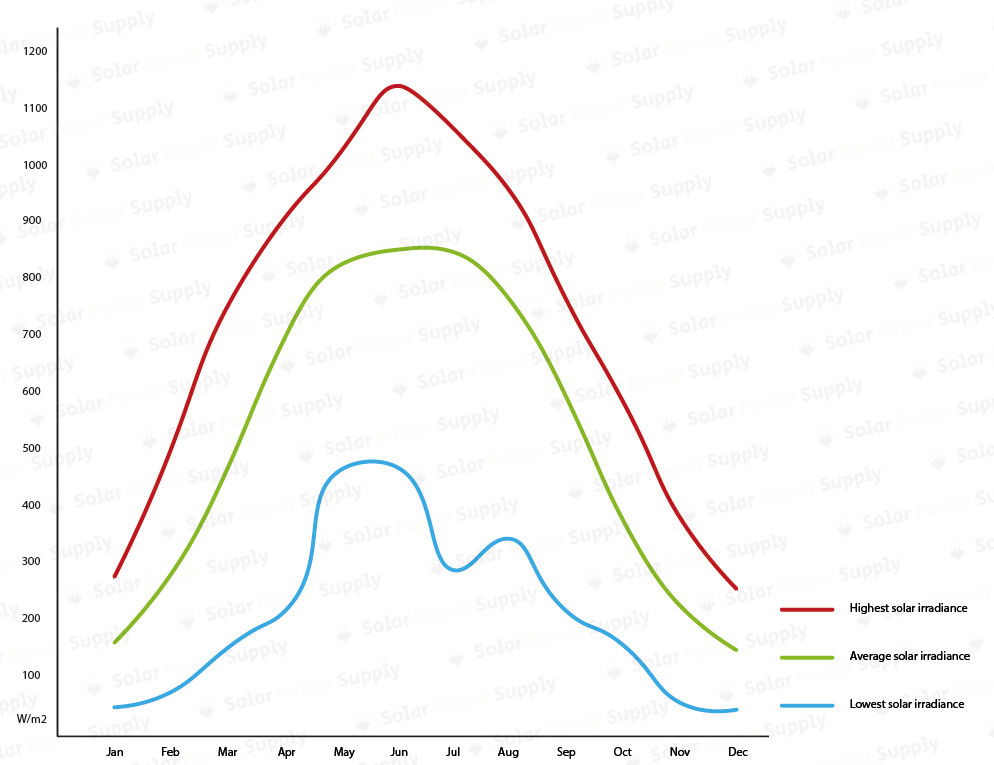
-
Delivery within 3-7 days
Customer service
Knowledge base
Applications
Solar Power Supply




How does a solar panel work?
Solar panels, also called pv - solar panels or photovoltaic solar panels, literally means light-absorbing modules. Sunlight consists of tiny particles called photons. When you add another substance, such as phosphorus (the negatively charged side) and boron (the positively charged side), the electrons will move under the influence of sunlight. When light hits solar cells, these cells absorb photons (the light particles from solar radiation) and convert it into an electron stream.
Simply put, solar panels take sunlight and convert it into electricity. The electricity can then be used to run your appliances! It is a smart method of converting solar energy into electricity.
What does a solar panel produce?
The output of solar panels is expressed in watts (W). This is a maximum achievable power, which can only be achieved during ideal conditions (STC). The actual output of a solar panel can vary depending on several factors:
- Intensity of sunlight: In general, summer provides more intense sunlight, which can lead to higher energy production from solar panels. If you are in a location with many sun-favored days, you will likely see higher yields.
- Angle of sunlight: The angle at which sunlight falls on solar panels affects their efficiency. In summer, the sun is positioned higher in the sky. The most efficiency can be obtained when the panel is perpendicular to the sun, at an angle of incidence of 30-45 degrees. In winter, higher efficiency can be achieved by positioning the panel straighter to capture more solar energy.
- Temperature: Solar panels can become less efficient as they get warmer. In hot summer months, panel efficiency can decrease, which can affect overall yield.
The warmer the solar panel is, the lower the yield becomes. On average, this is -0.4% loss per degree Celsius. This means that the yield decreases 0.4% when the solar panel temperature rises 1 degree. The Standard Test Conditions (STC) assumes 25 degrees, while a solar panel can easily reach 60 degrees in summer when it is 30 degrees outside and the sun is facing the panel. This gives a difference of 35 degrees. This reduces the yield by 14% (35x-0.4%). - Shade: Shade on the solar panels, even from trees or buildings, can significantly reduce the yield. It is important to keep the panels clear of obstructions.
- Panel efficiency: The efficiency of the solar panels themselves is important. More efficient panels can convert a higher percentage of sunlight into electricity.
A rough estimate is that an optimally functioning solar panel can generate about 4 to 6 hours per day of solar energy at peak power during the summer months. This can vary based on the factors mentioned earlier. Outside of these hours, the performance of the solar panel will not be as optimal.

Solar radiation
The graph below shows an example of solar radiation in Western Europe averaged over the past three years. Between the months of May and August the solar radiation is on average the highest and the highest yield can be achieved. Even in the summer months there is a chance of low solar irradiation, resulting in a panel yielding less than expected.

In our range you will find solar panels suitable for different applications. Are you looking for a foldable solar panel or for a permanent mounting? With a permanent solar panel you have the option to choose between an aluminum framed solar panel or a semi flexible solar panel. Note that semi flexible solar panels or folding panels are more susceptible to damage. By always handling solar panels as carefully as possible, solar cells have no chance of being damaged. Defective solar cells will reduce the solar panel's output.



























 How does a solar panel work?
How does a solar panel work?





